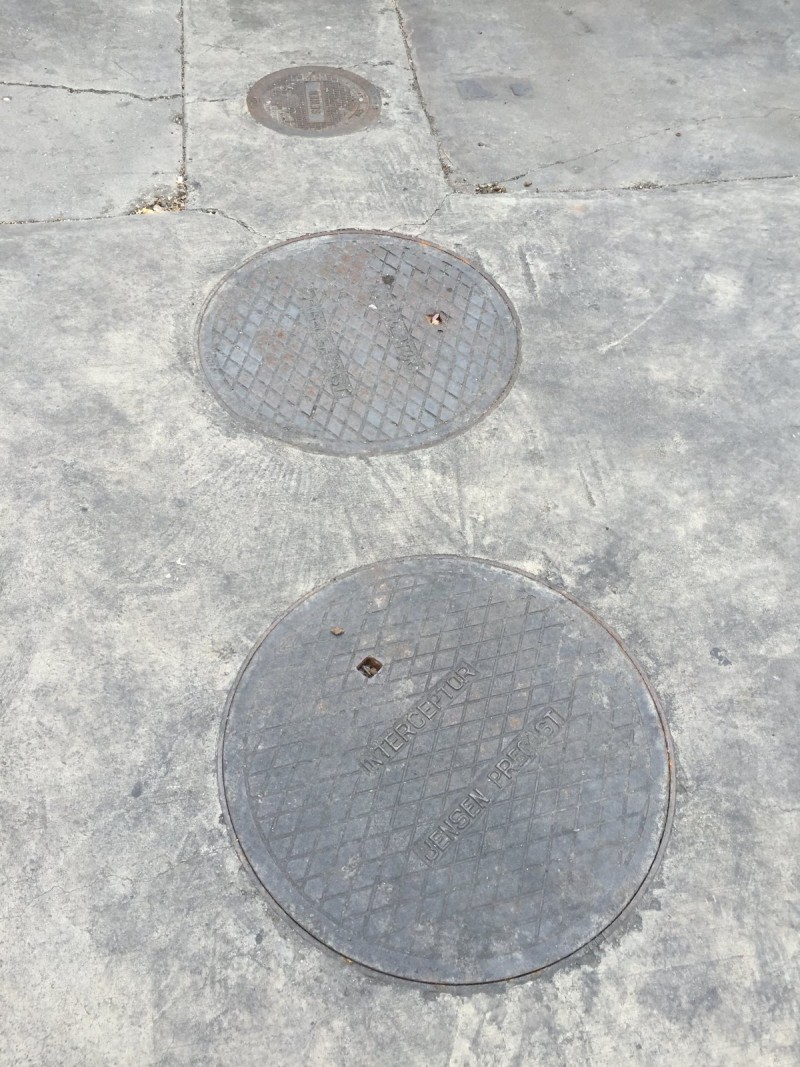Clothing Maker Inks 10-Year Deal With Landlord Meruelo Maddux
The Downtown-based garment maker American Apparel has reached a 10-year agreement with landlord Meruelo Maddux Properties to stay in its 800,000-square-foot, Warehouse District headquarters, according to American Apparel financial filings.
Although American Apparel’s lease expired in December 2008, it has continued to occupy the pink factory building at Seventh and Alameda streets. The extension comes more than fourth months after Meruelo Maddux, Downtown’s largest landlord, entered bankruptcy.
Prior to reaching the deal, American Apparel, which employs about 5,000 workers at the 747 Warehouse St. factory, was mulling a move. The company considered an old Boeing plant in Long Beach, among other potential new homes, said their real estate broker.
“There were other considerations, other buildings to look at, but Meruelo stepped up,” he said.
American Apparel represents Mereulo Maddux’s largest tenant, both in terms of the size of its space and the value of its former lease.
Terms of the new lease were not disclosed.
American Apparel CEO Dov Charney said the lease was agreed to this month, but declined to comment further on the deal. Richard Meruelo, CEO of Meruelo Maddux, could not be reached immediately Tuesday afternoon.
In addition to housing almost all business operations, the factory has also served as a massive billboard for the company to promote itself and its progressive, often immigration-oriented political messages. American Apparel can also now safely cling to its various mottos touting its “Made in Downtown L.A.” cache.
The building’s sprawling parking lot is also known as the site of festive blowout warehouse sales that draw thousands of young buyers looking for discounted t-shirts, leggings, short shirts and underwear. by Ryan Vaillancourt, Staff Writer, Downtown News.


